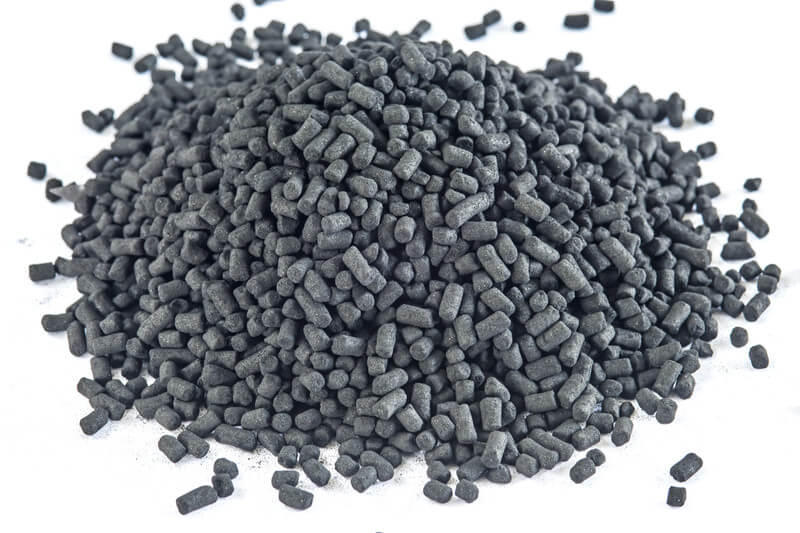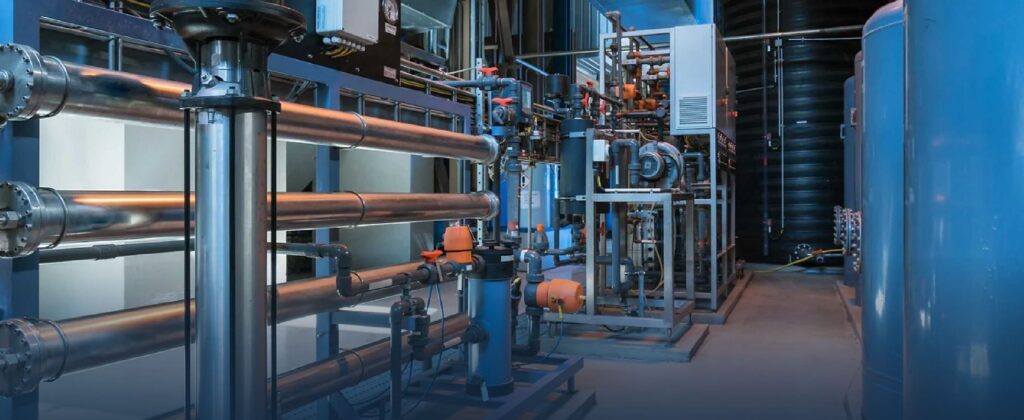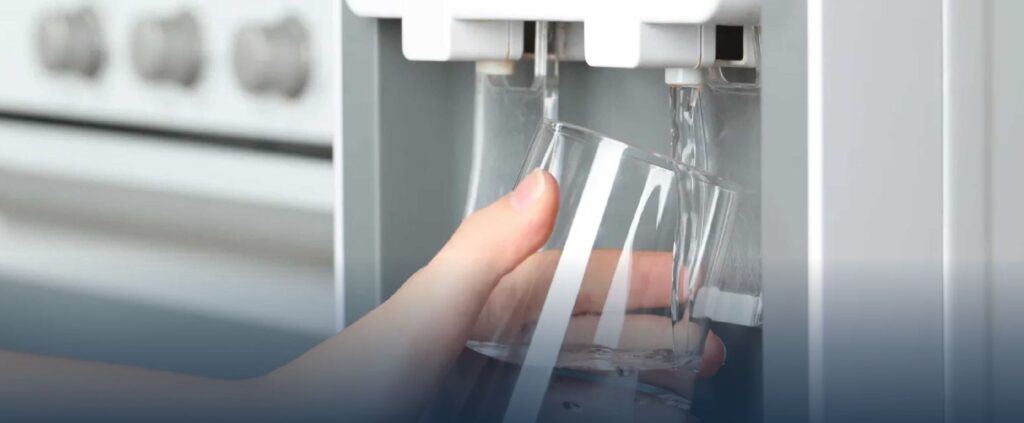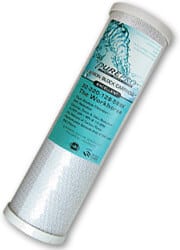Description
Description- Carbon Block Filter
These filters simultaneously remove free chlorine and organic chemicals that contribute to taste and odour while providing the particulate filtration and dirt-holding capacity of an efficient 5µm nominal sediment filter. Carbon Block Filters remove chlorine, chloramines and hydrogen sulphide from water. These filters are optimised for applications where they perform the role of both a sediment and activated carbon filter. The filters need to be sized in accordance with the flow rate required and the contaminants present.
The extrusion process allows the production of a carbon block with more carbon, but a lower pressure drop. This enables the filter to deliver extended life while removing sediment, chlorine, taste, odour and organic contaminants from water, aqueous solutions or suspensions. This filter is also widely used in filtering organic solvents. The workhorse filter is ideal for use in residential and commercial water purification systems, food service, pre and post-R0 systems.
The extruded carbon block filters consist of activated carbon particles fused into a uniform block with enhanced adsorptive capacity and efficiency. These carbon block filters flow in a radial (outside-to-inside) direction, providing increased dirt capacity and low pressure drop. Unlike granular activated carbon (GAC) filters, these extruded carbon block cartridges are less inclined to channel or bypass due to the extreme uniformity of their extruded activated carbon core. Service life of the carbon block filter is greatly extended by a layer of 15 µm polypropylene spunbonded prefiltration medium.
- No Channeling
- No Fluidising
- No Bypassing
- Eliminates Release of Carbon Fines
- Lowest extractables, pure materials of construction
- Maximum service life and resistance of construction
- Manufactured using FDA – Compliant materials
What Is Activated Carbon?
 |
|
Activated carbon has an incredibly large surface area per unit volume, and a network of submicroscopic pores where adsorption takes place.
|
The primary raw material used for activated carbon is any organic material with a high carbon content (coal, wood, peat, coconut shells). Granular activated carbon media is most commonly produced by grinding the raw material, adding a suitable binder to give it hardness, re-compacting and crushing to the correct size.
The carbon-based material is converted to activated carbon by thermal decomposition in a furnace using a controlled atmosphere and heat. The resultant product has an incredibly large surface area per unit volume, and a network of submicroscopic pores where adsorption takes place.
The walls of the pores provide the surface layer molecules essential for adsorption. Amazingly, one kilogram provides a surface area equivalent to 12 rugby fields.
How Does Activated Carbon Work?
Physical adsorption is the primary means by which activated carbon works to remove contaminants from water. Carbon’s highly porous nature provides a large surface area for contaminants (adsorbates) to collect. In simple terms, physical adsorption occurs because all molecules exert attractive forces, especially molecules at the surface of a solid (pore walls of carbon), and these surface molecules seek other molecules to adhere to.
The large internal surface area of carbon has many attractive forces that work to attract other molecules. Thus, contaminants in water are adsorbed (or held) to the surface of carbon by surface attractive forces similar to gravitational forces. Adsorption from solution occurs as a result of differences in adsorbate concentration in the solution and in the carbon pores.
The adsorbate migrates from the solution through the pore channels to reach the area where the strongest attractive forces are. Water contaminants adsorb because the attraction of the carbon surface for them is stronger than the attractive forces that keep them dissolved in solution.
Those compounds that are more adsorbable onto activated carbon generally have a lower water solubility, are organic (made up of carbon atoms), have a higher molecular weight and a neutral or non-polar chemical nature. It should be pointed out that for water adsorbates to become physically adsorbed onto activated carbon, they must be both dissolved in water and smaller than the size of the carbon pore openings so that they can pass into the carbon pores and accumulate. Some organic molecules like tannins may have a lesser tendency to adsorb.The structure of the tannin varies from location to location, depending on the vegetation in the area. Tannins can cause a yellow to dark tea color in water and may impart taste and odour.
Besides physical adsorption, chemical reactions can occur on a carbon surface. One such reaction is chlorine removal from water involving the chemical reaction of chlorine with carbon to form chloride ions. This reaction is important to POU treatment because this conversion of chlorine to chloride is the basis for the removal of some common objectionable tastes and odors from drinking water. Water contaminants adsorb because the attraction of the carbon surface for them is stronger than the attractive forces that keep them dissolved in solution.








